Elevator Door Panels
Elevator door panels are made from different materials, depending on factors such as design preferences, durability, and safety regulations. There are various materials concerned, including stainless steel, glass, wood, laminate and composite material. But the most popular choice is stainless steel due to its durability and aesthetic appeal, and it can be used for ceiling, door panels, and wall panels.
Categories
Stainless steel plays a crucial role in elevator applications for several reasons, making it an important material for various components within an elevator system, such as elevator cab interiors, handrails, grab bars, elevator doors, frame, buttons, control panels, ceiling, exterior cladding, flooring trim, and ventilation grilles.

Elevator Ceiling Panels
Elevator ceiling panels are parts of the interior design of the elevator and contribute to the overall aesthetics and functionality of the space. These suspended ceiling panels can be made from a variety of materials, and their design can include features such as lighting, ventilation, and emergency communication devices. Many modern elevators have integrated Led lights within the ceiling panels, which creates dynamic lighting effects.
More Details

Elevator Wall Panels
Elevator wall panels refer to the internal surface of elevator walls. These stainless-steel wall panels are both functional and aesthetically pleasing. They provide a protective cover for the elevator cab and its’ passengers to ensure safety during transportation. From an aesthetic point of view, the elevator wall panels help to enhance the overall design and visual appeal of the elevator interior.
Elevator wall panels are made from various materials, including stainless steel, glass, wood panels, or composite materials. People choose depending on factors as design preferences, durability, and maintenance purposes. The decorative stainless steel wall panels may be designed in conjunction with overall architectural theme of the structure, especially the selection of materials, colors, and finishes for the wall panels to create a cohesive and visually pleasing environment for passengers.
More Details
Applications and
Benefits of Elevator Door panels
Stainless steel Elevator Door Panels are indeed a versatile
material that offers a combination of durability, aesthetics, and hygiene,
making it suitable for a wide range of environments:
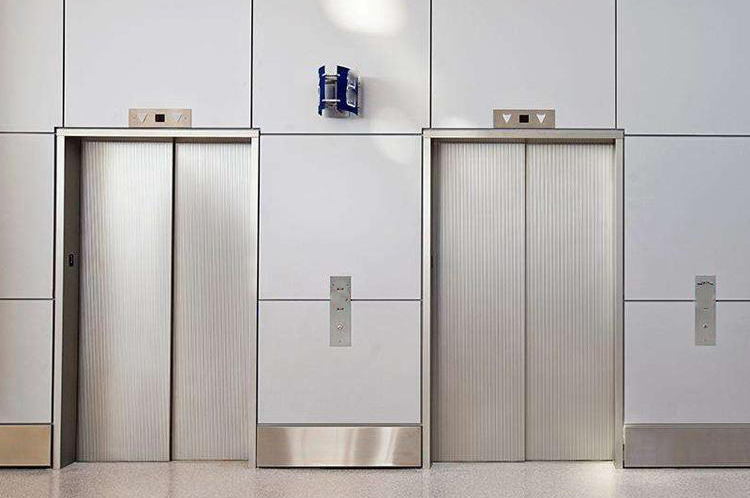 Commercial Buildings:
Commercial Buildings:
※ Applications: Office
buildings, hotels, shopping malls, or other public areas.
※ Benefits:
Robust design suitable for high-traffic areas
A sophisticated and modern aesthetic
Corrosion resistance to ensure longevity
Easy maintenance and clean.
Residential Buildings:
※ Applications: Apartments,
condos, penthouses, villas.
※ Benefits:
Contribute to a luxurious atmosphere with elevates aesthetics.
Compatible with modern and simple design themes.
Maintain a high-quality appearance due to durability and
resistance to damage.
Easy for cleaning, makes it suitable for residential maintenance.
Hospitals & Healthcare Facilities
※ Applications: Hospitals,
clinics, medical facilities.
※ Benefits:
Stains and bacteria resistance suitable for a sterile
environment.
Suitable for specific places like operation rooms due to
durability.
Easy to clean and maintenance.
Government Buildings:
※ Applications: Government
offices, courts, public spaces.
※ Benefits:
Elegance and professional appeal.
Simple maintenance required.
Transportation Hubs:
※ Applications:
Subway, train stations, airports.
※ Benefits:
Resilience in
high-traffic environments.
Modern aesthetic
for public spaces.
Resistance to wear
and corrosion.
Educational Institutions:
※ Applications:
Universities, schools, educational Institutions.
※ Benefits:
Modern and
aesthetic suitable for educational environments.
Durability
suitable for daily use by students and staff.
Compatibility with
various architectural designs.
Industrial Facilities:
※ Applications: Industrial
facilities, factories, plants.
※ Benefits:
Strength and
durability for heavy industrial use.
Corrosion resistance suitable for hard environments.
Specifications for
Elevator Door Panels
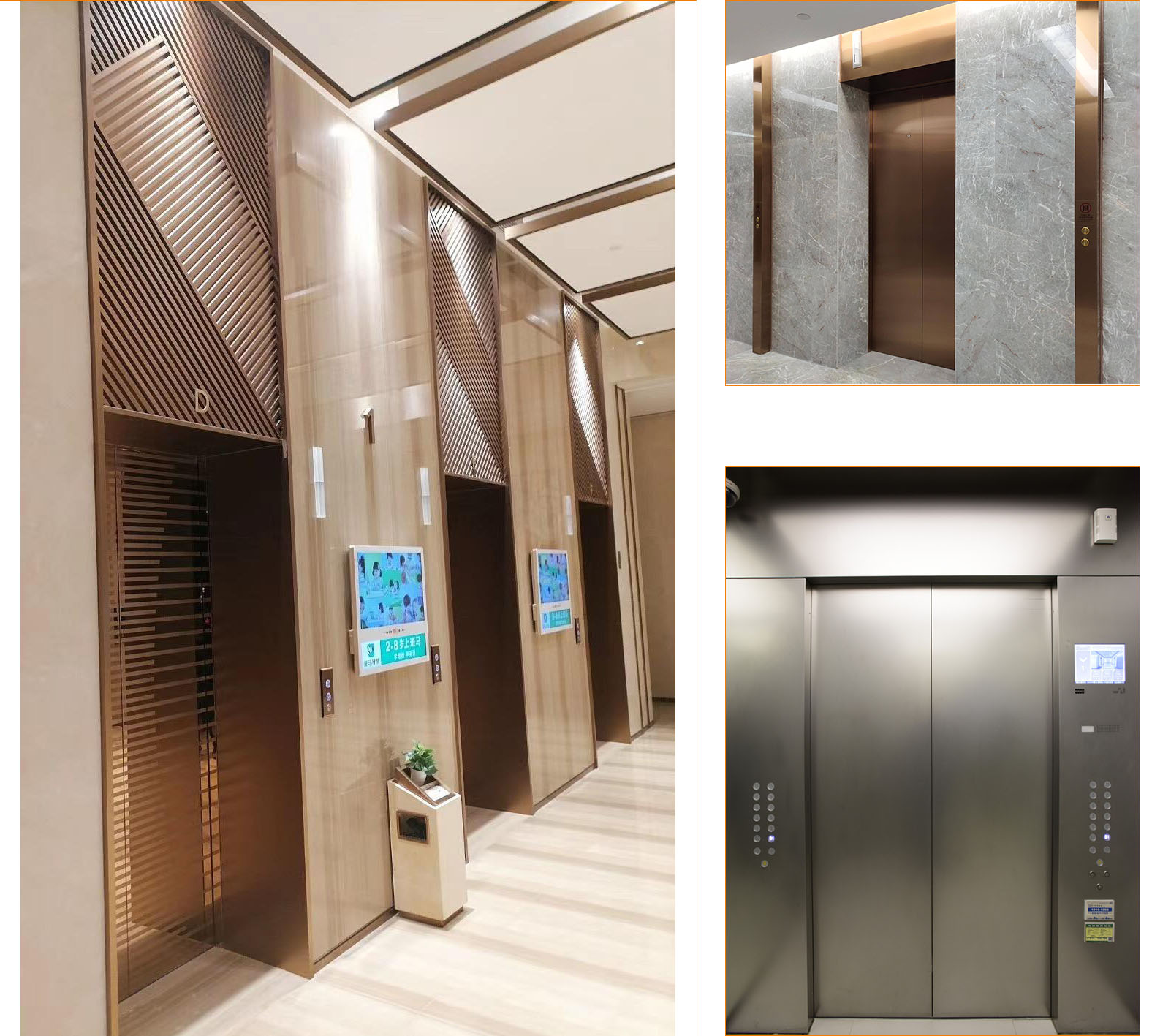 Type: Stainless steel
sheet
Type: Stainless steel
sheet
Standard: GB, ASTM,
JIS, DIN
Technique: Cold
rolled
SS Grade: 201,
304, 316
Finish: Mirror,
Matt, Brushed, etched,
Color: Champagne,
Gold, Rose Glod, etc
Edge: Mill or Slit
Thickness: 0.8-3mm
Width: Customized
Length: Customized
Application: Residential
& Commercial Building
Packing: PVC film
+ waterproof paper + standard wooden package
Surface
Finishes for Elevator Door Panels
Elevator door panels can have various surface finishes, which depends on design preferences, aesthetics, and intended applications.
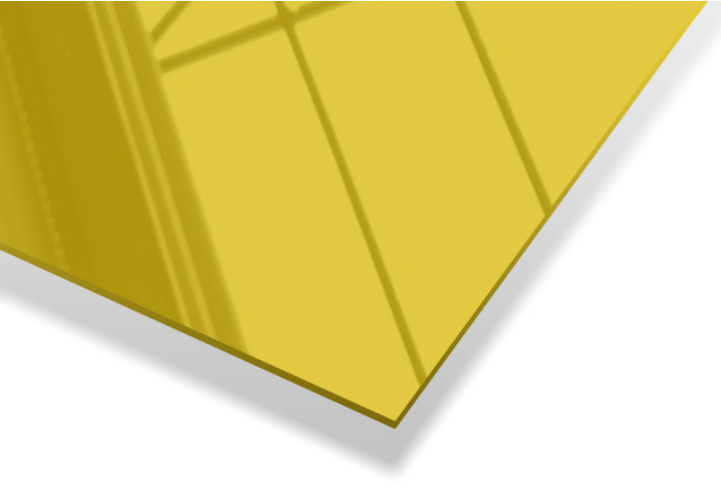 Mirror
Finish
Mirror
Finish
Mirror finish is one common process of stainless steel elevator door panels. It is simply to polish the surface through either physical or chemical polishing. Polishing grades are various, such as 6K, 8K, 10K. Mirror finish is contributed simple and fashionable aesthetics.
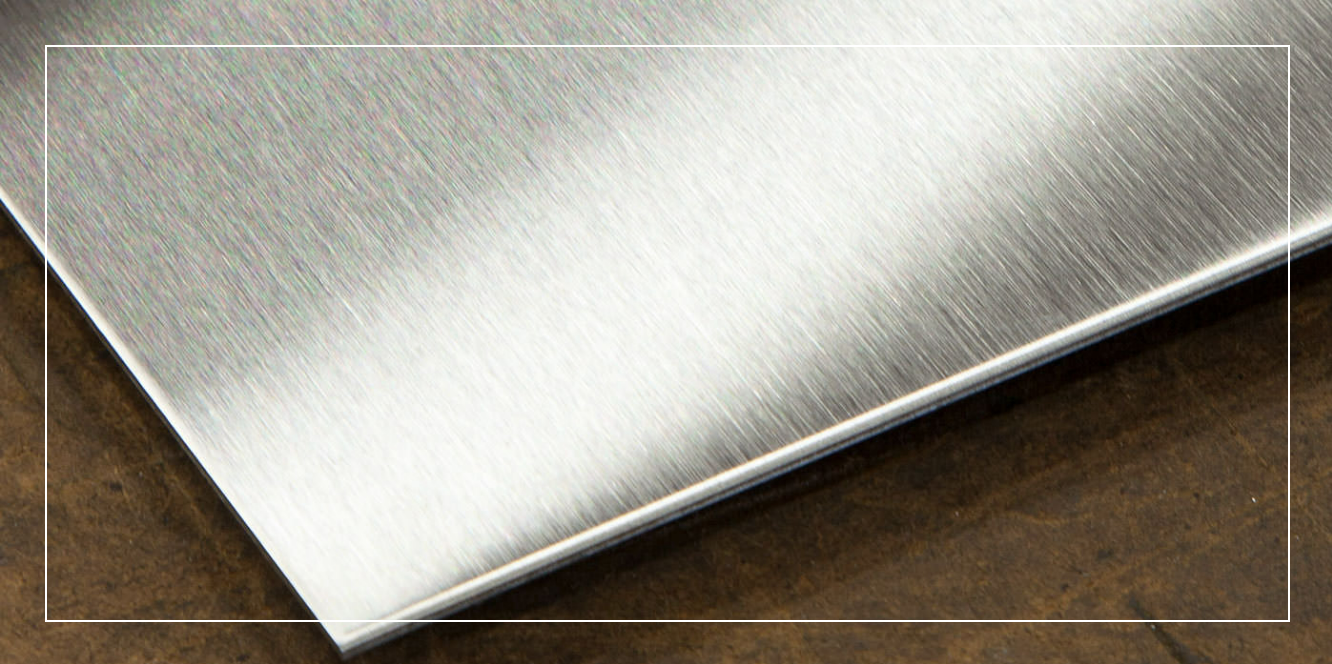 Satin Finish
Satin Finish
Satin finish is a special sanding treatment, forming a unique texture, which can increase the slip resistance of sheet, suitable for decoration in public places such as steps, corridors, balconies and stairs. It is a popular choice for decorative boards.
Brushed
Finish
With the strong wear resistance and fine luster characteristics, brushed finish is widely used in electronic equipment, household appliances, mechanical equipment and so on.
PVD Coated
Finish
PVD coated finish is conjunction with mirror finish or sandblasting finish to improve the surface performance of stainless-steel elevator door panels. PVD coated finish is widely used in household appliance industry, automobile industry.
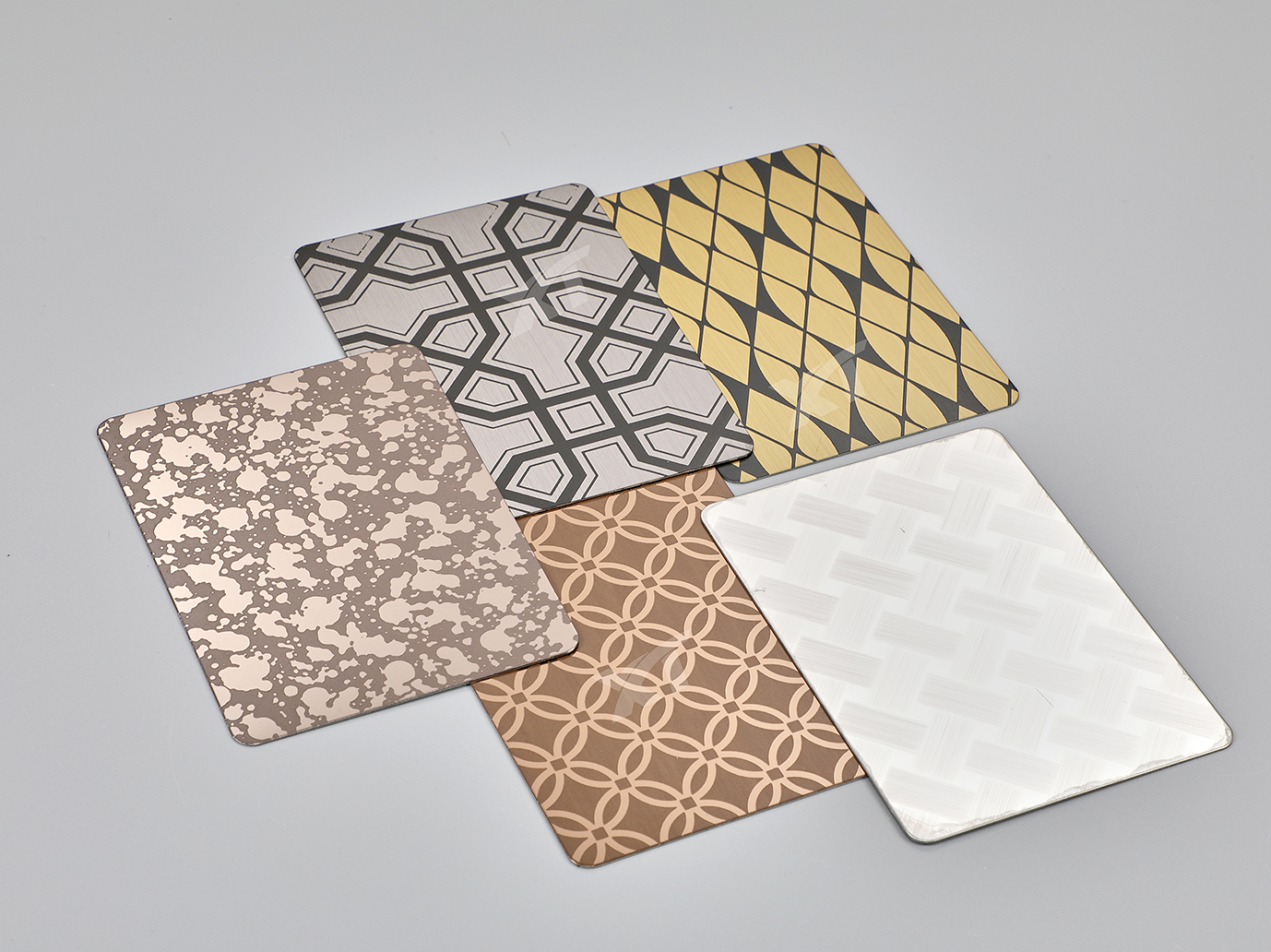 Etched Finish
Etched Finish
With high wear-resistance and anti-scratching, etched finish stainless steel sheet is widely use in hotels, entertainment places, high-end stores, wall cladding panels, ceilings, signboards, elevator doors, etc.
Custom
Finish
Custom finish for
elevator door panels is available.
FAQ (frequently
asked questions)
1- What’s the common materials for elevator
door panels?
Common materials used for elevator
door panels include:
1)
Stainless
steel: It is one of the most popular choice because of its durability,
corrosion resistance, and modern aesthetic,
2)
Glass:
glass panels are used for a more contemporary and elegant appearance. They can be
widely used in conjunction with other materials like stainless steel or
aluminum.
3)
Aluminum:
It is in lightweight, corrosion resistance, and can be crafted in various
processes, so it is often used to achieve different looks.
4)
Laminate:
Laminate material can provide a big range, such as colors, wood grains,
patterns, which make them lots of choices for elevator panels. And they are
also easy to clean and maintain.
Apart from above mentioned
materials, there are some other materials like wood, plastic laminates,
composite materials. All the choice of material may depend on factors such as
design theme of whole building, safety regulations, etc.
2- How to select a door panel for elevator?
We have to consider many factors
while selecting door panels for elevator, first of all, safety and compliance
are considered as most important, then we need to consider the durability of
material, especially for heavy use, after that design is also important, door
panel material should be matching with the design theme of the building. Apart
from above factors, there are some others, like environmental consideration,
climate, functionality, budget, building type and purpose, etc. Ultimately, the
selection of elevator door panels involves finding a balance.
3- What’s the thickness of stainless-steel
elevator door panel?
The thickness may depend on the
gauge. Normally the thickness of stainless-steel elevator door panel is in the
range of 16 to 18 gauge. For 16 gauge, it requires a thicker stainless steel
door panel to provide more durability and strength. For 18 gauge, it is a
common thickness for stainless steel door panels.
4- How to do the maintenance for stainless
steel elevator door panels?
Here are some tips to maintain
stainless-steel elevator door panels:
1)
To
wipe with a soft, clean cloth or sponge for regular cleaning. Use a mild
detergent or a stainless-steel cleaner to remove dirt, fingerprints, etc.
2)
Do not
use abrasive pads, steel wool, or rough brushes, as they can scratch the
surface.
3)
To
choose a suitable cleaner or a mixture of mild soap with water.
4)
Periodically
polish the stainless steel door panels.
5)
Inspect
regularly for any signs of corrosion. If corrosion is detected, address it
promptly by cleaning the affected area and applying a polish or protective
coating.
Regular maintenance not only keeps
the door panels looking good but also helps prevent long-term damage and extend
the lifespan.
5- How to assemble elevator door panels? And
what should be paid attention?
While assembling elevator door
panels, some key factors should be under considerations: First step, follow the
manufacturer installation instructions and guidelines for the specific elevator
door panels. Second step, ensure accurate measurements for all components to guarantee
proper fit and alignment. Third step, after proper alignment, test the movement
of the elevator doors to ensure smooth operation, then make fastening with
screws and bolts. Fourth step, make the electrical connections, ensure that all
wiring and connections are secure and properly insulated. Follow electrical
safety guide to prevent short circuits. At last, Seal the test, while sealing, we
have to do it properly to prevent air leaks and contributes to energy
efficiency. Test and verify all safety features of elevator door system to
ensure it runs properly.
After install all processes,
ensure that the individuals should be trained and certified for the specific
tasks.
Surface Finishes
Elevator door panels can have various surface finishes, which depends on design preferences, aesthetics, and intended applications.


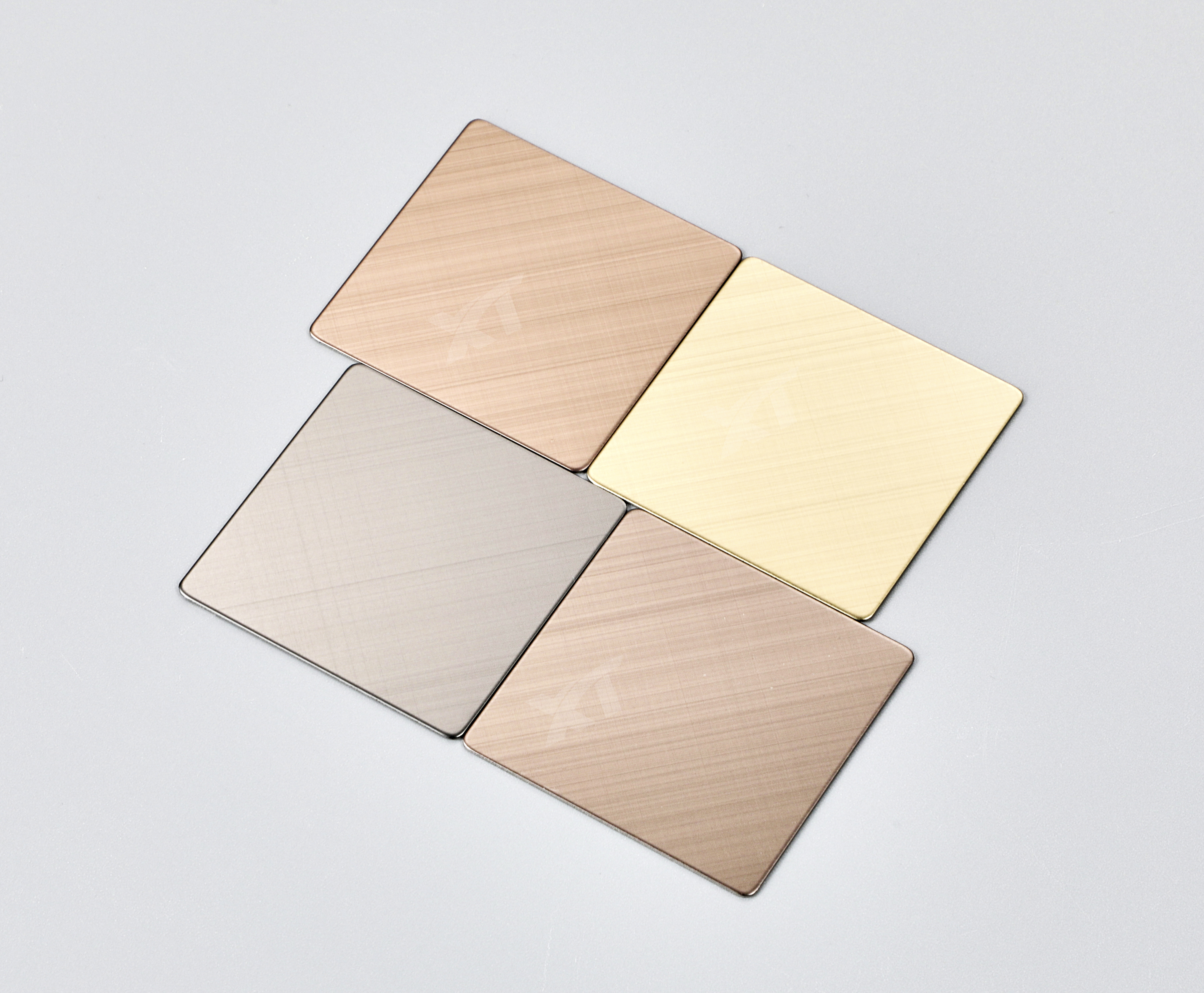
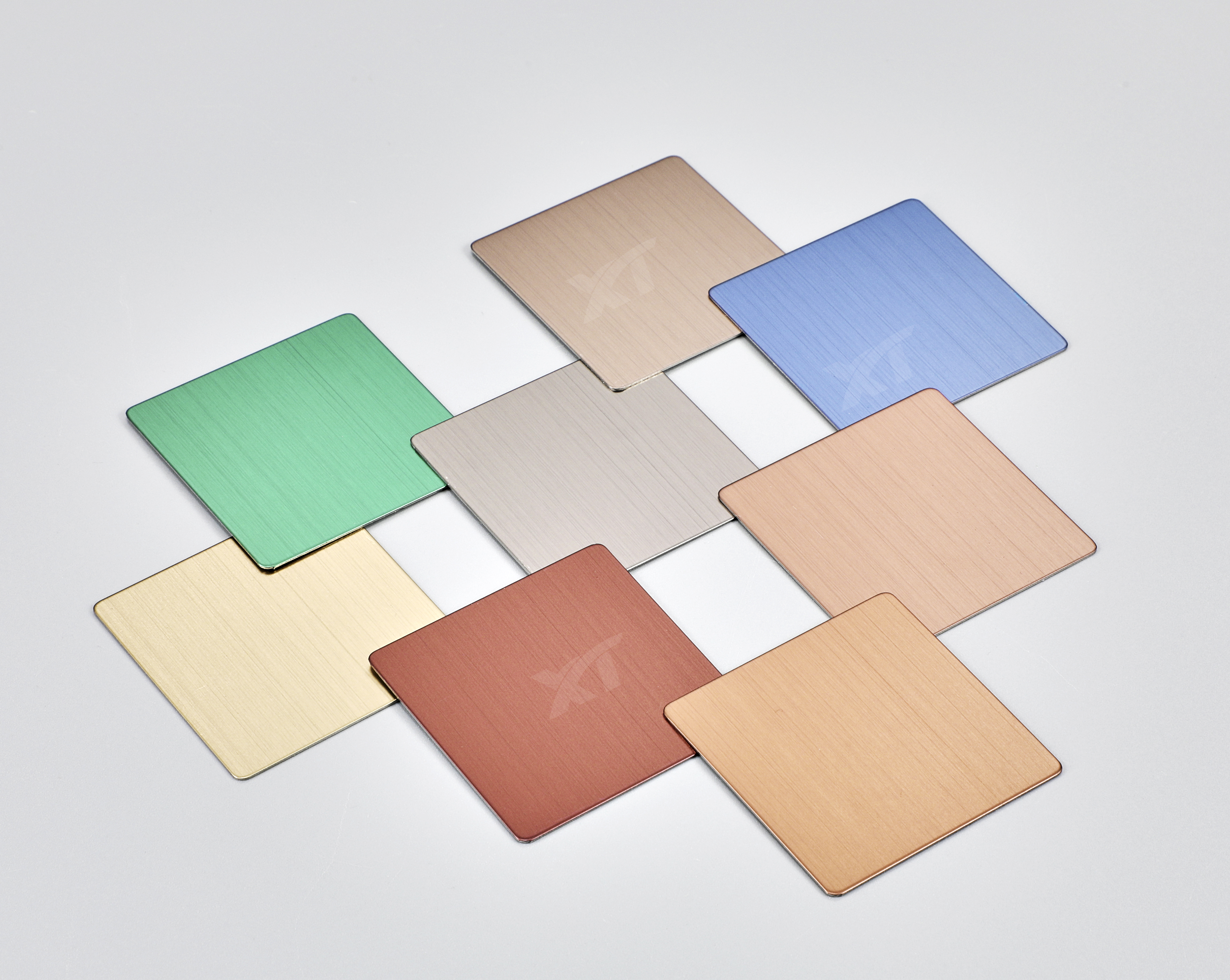
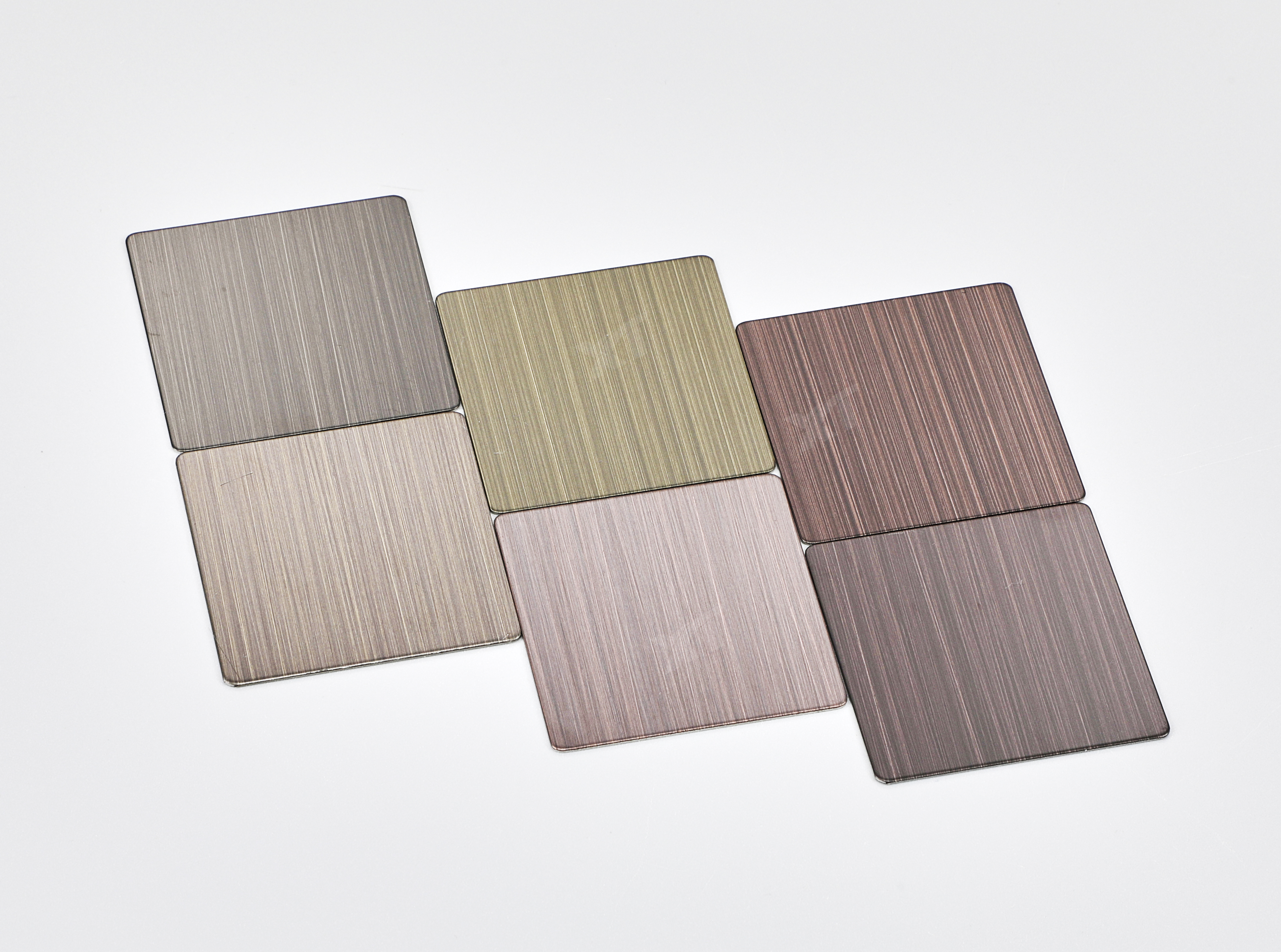
Latest Posts
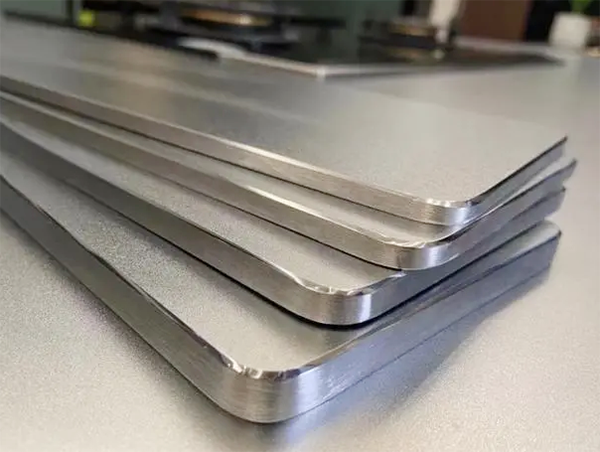
Why Are More And More People Installing Stainless Steel Countertops?
If you rarely cook and the kitchen is more of a show space for you, then you may only need to focus on whether the countertops meet your aesthetic standards and overall decoration style. If you are a cooking enthusiast
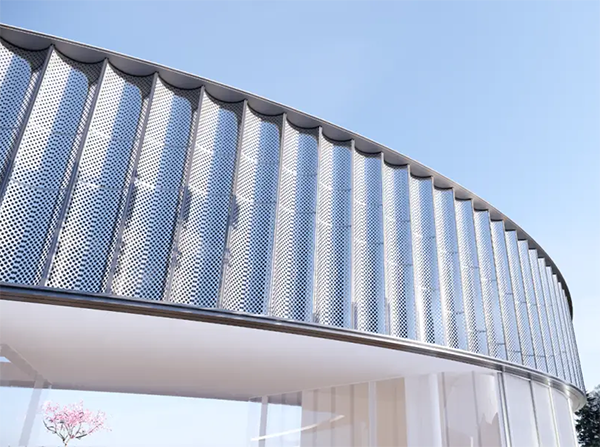
What is Perforated Sheet? How Important Does Perforated Sheet Play Role In Decor
A perforated sheet is a metal sheet that has been punctured with a series of holes in a pattern. These holes can vary in size, shape, and distribution, depending on the intended application. Perforated sheets are commonl
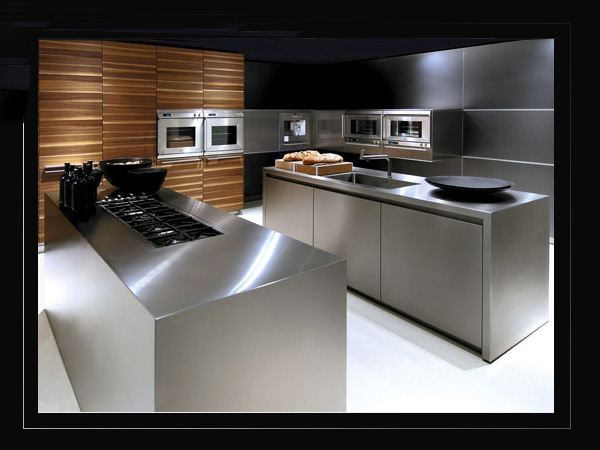
2024 Trend of Overall Stainless Steel Kitchen Cabinets
The latest report released by the National Kitchen and Bathroom Association (NKBA) provides a detailed overview of the cutting-edge trends in kitchen design in 2024. According to NKBA's research, the minimalist design co
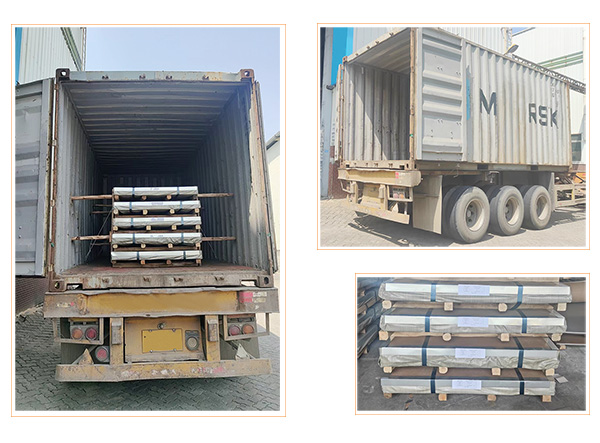
Export Stainless Steel Sheets To Bangladesh
Export 201 Hot-Rolled Stainless Steel Sheets, Cold-Rolled Stainless Steel Sheets, 8K Mirror Finish Stainless Steel Sheets to Bangladesh.



